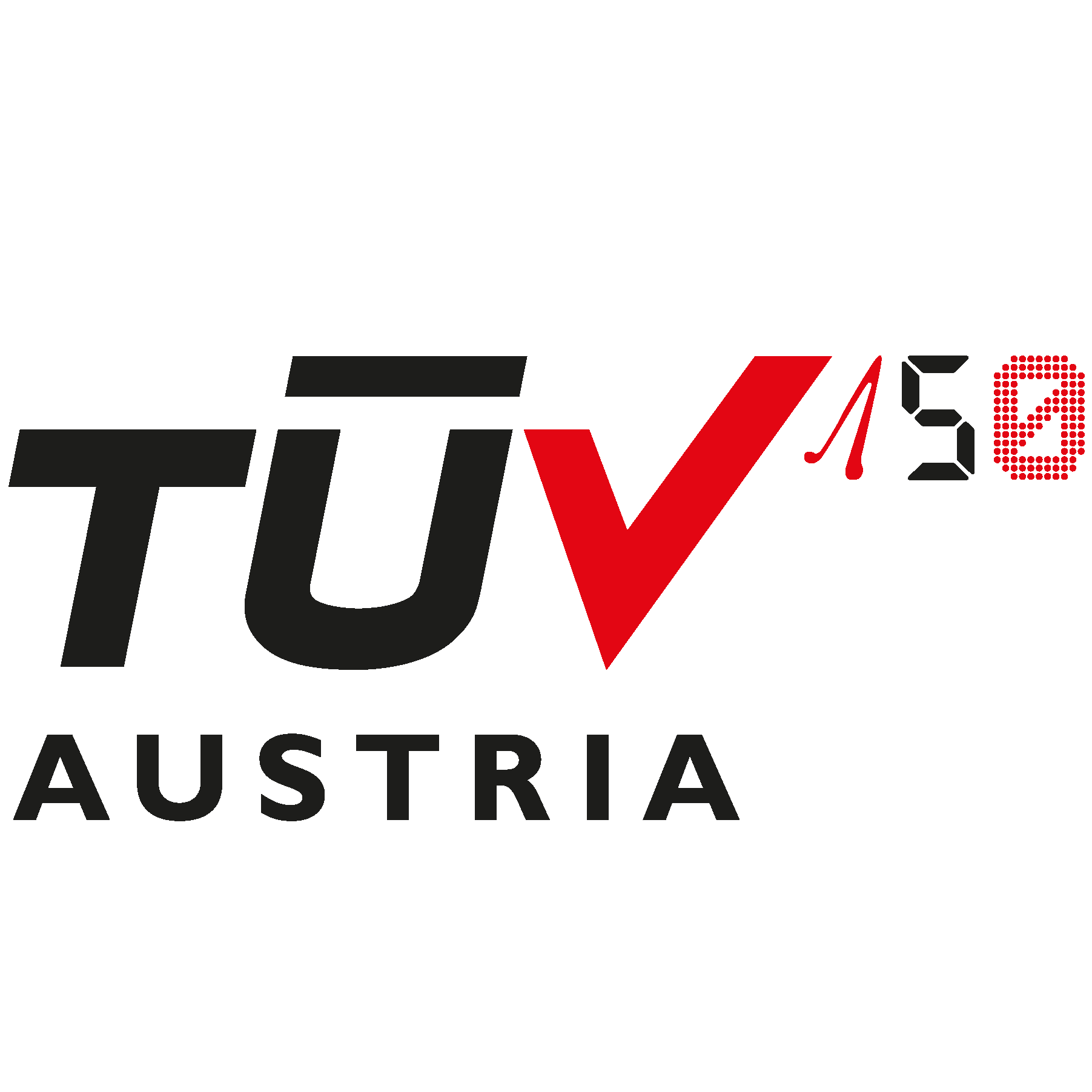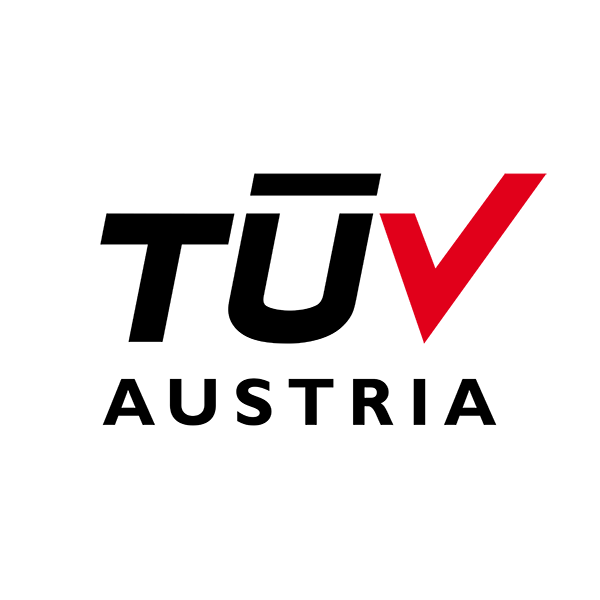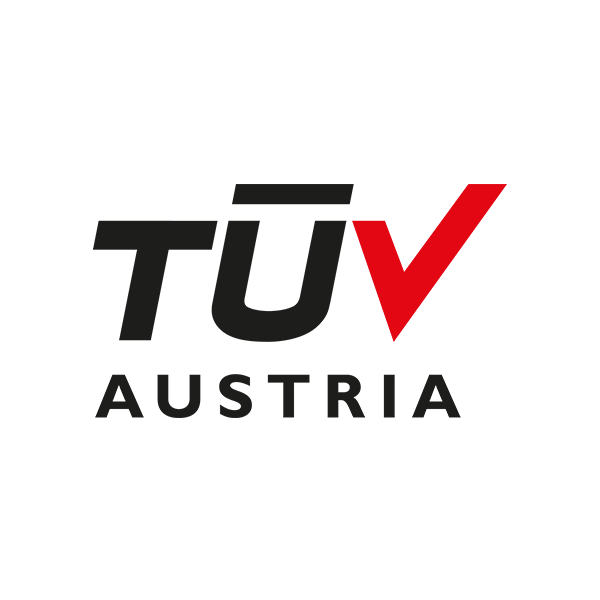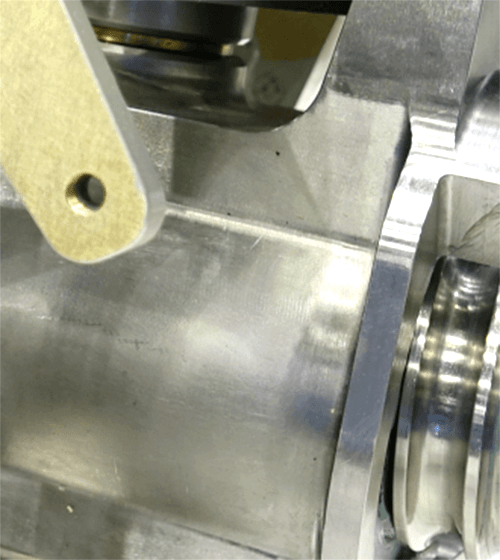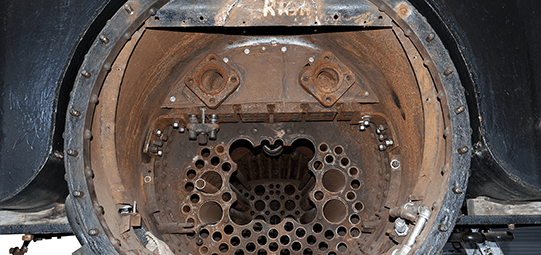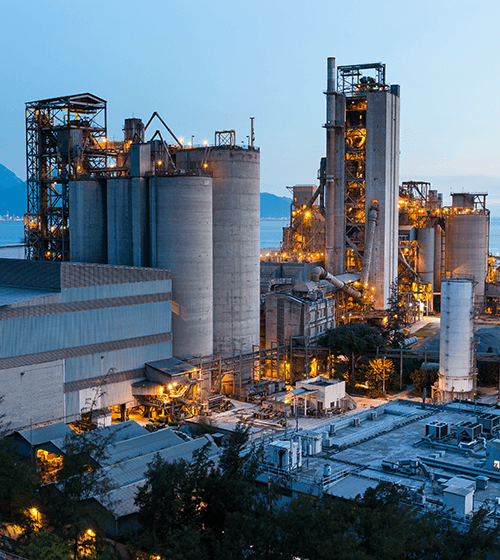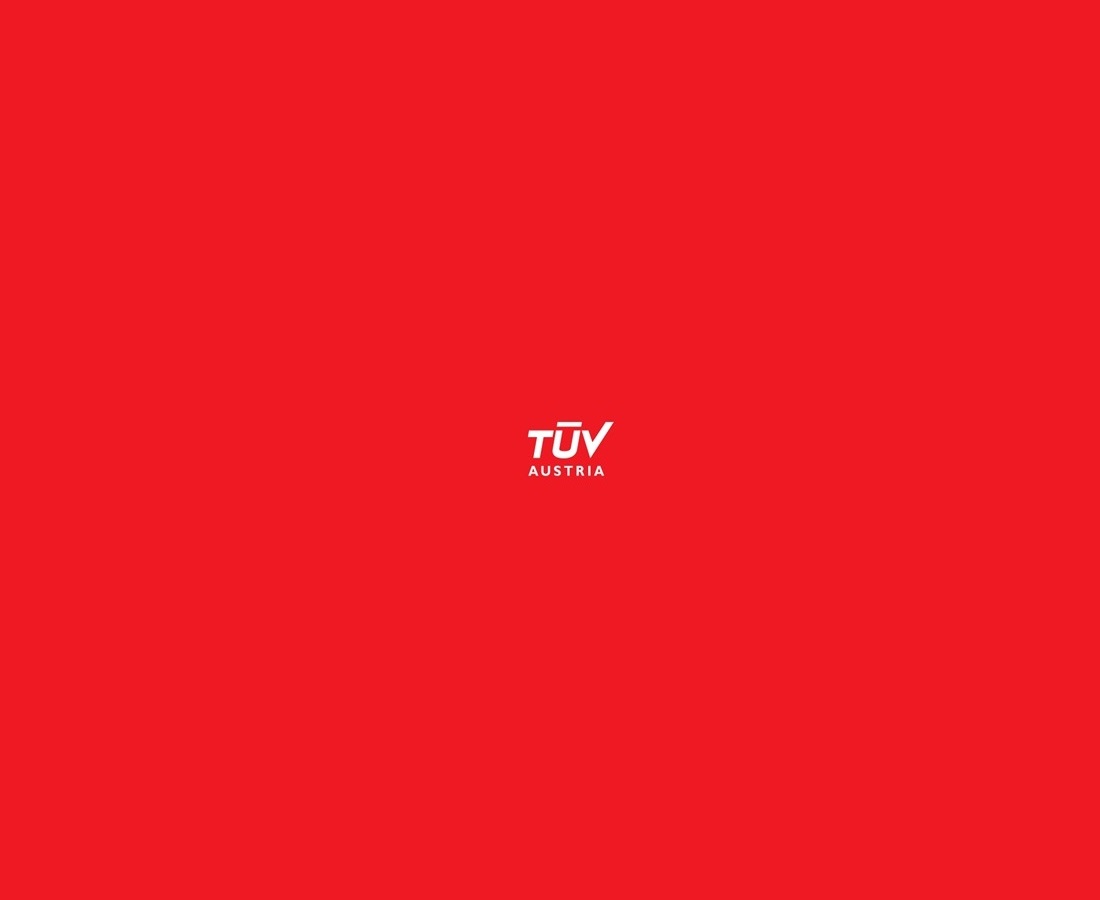Solution: Natural gas filling stations
Solution: Natural gas filling stations
Natural gas filling stations
In order to be able to prove a uniformly high safety level for natural gas filling stations, TÜV AUSTRIA has developed a catalogue of requirements for inspection and monitoring, based on technical experience on the one hand and on the above-mentioned legal requirements on the other.
TÜV AUSTRIA also offers the corresponding inspections. If the test result is positive, the certificate “TÜV AUSTRIA Tested Natural Gas Filling Station” is issued.
This catalogue of requirements enables installers and operators of natural gas filling stations to compile the necessary technical documentation in advance in accordance with the requirements of an official approval procedure.
Currently, natural gas is stored in compressed form at 200 bar in steel tanks as CNG (Compressed Natural Gas).
With natural gas engines, emission values for individual pollutants are achieved that are not yet attainable with conventional petrol or diesel technology. In terms of climate protection, natural gas propulsion is also advantageous compared to diesel engines, despite the higher consumption, because natural gas has an extremely low carbon content. This results in low CO2 emissions (0.7 kg CNG corresponds to approx. 1 l petrol).
The fixed installations in the area of the filling station are protected by numerous safety precautions designed to prevent gas leakage or, in the event of a fire, to prevent an explosion.
Drawing up the regulations/technical rules and the tests to be carried out
DPEO
Dual Pressure Equipment Ordinance
- Conformity assessment of the assembly evaluation according to the DPEO.
- Verification of the I&C protective devices for compliance with SIL
- Requirements based on an existing risk analysis as far as necessary
MSO Machinery Safety Ordinance
- Random sample inspection of the MSR protective devices
- Random sample inspection of the manufacturer’s specifications Inspection basis
ExPO 1996 Explosion Protection Ordinance
- Checking the plausibility of the EX zone plan
- Checking electrical equipment in potentially explosive atmospheres
- Use of non-electrical equipment in potentially explosive atmospheres
LVEO – Low Voltage Equipment Ordinance
- Inspection of the existing low-voltage electrical components
EMCR – EMC Regulation
- Verification of electromagnetic interference, compliance of the system with manufacturer’s specifications
ÖVGW G97 (nationally valid regulations in the gas sector)
- Checking the “complete operating instructions” for “completeness” and “usability”.
